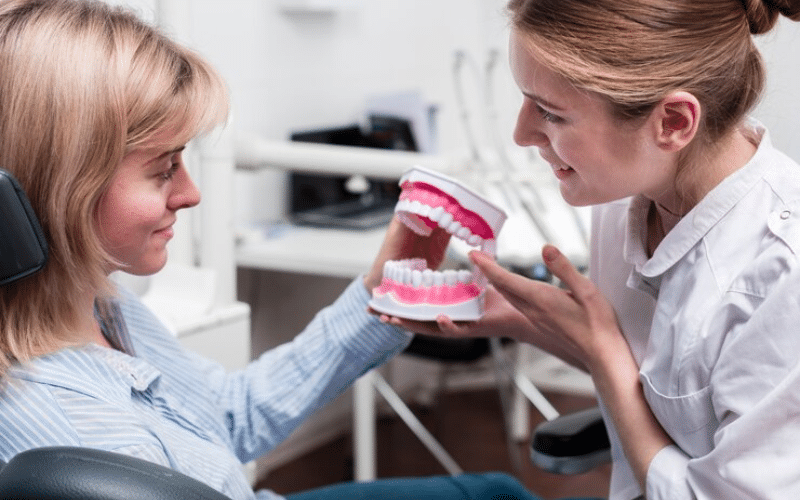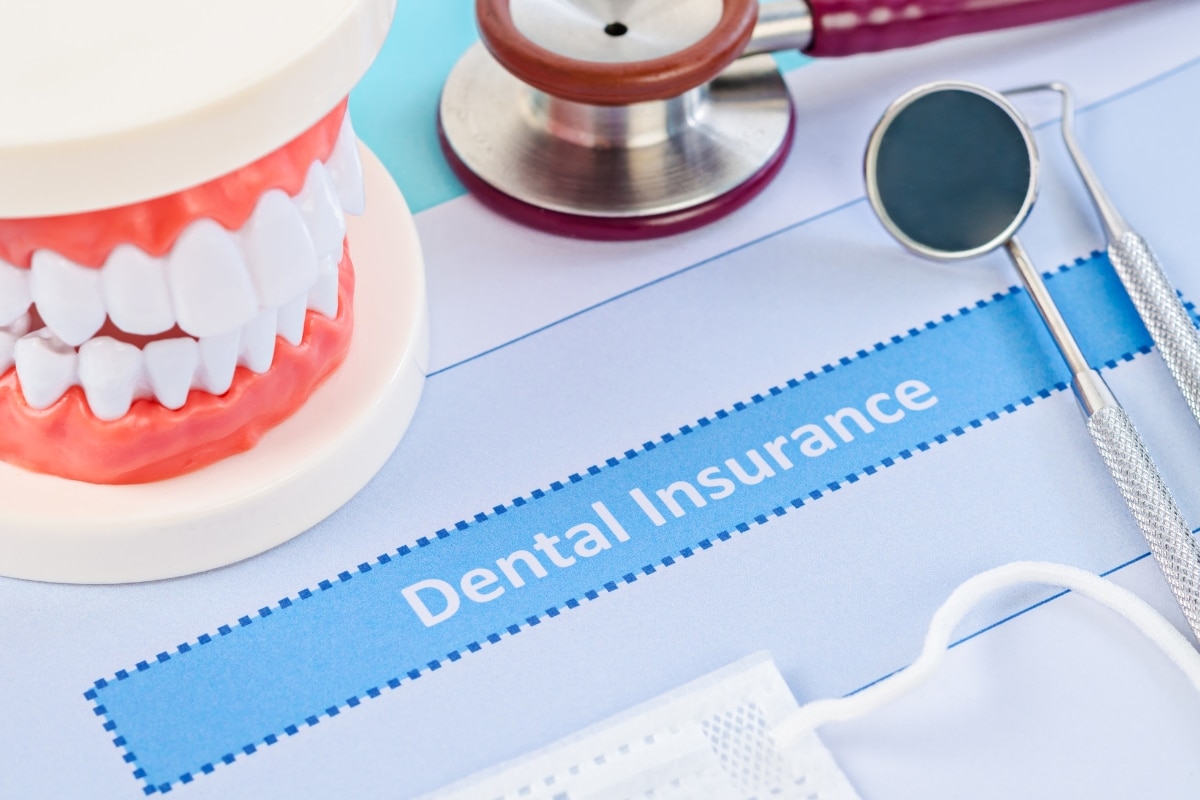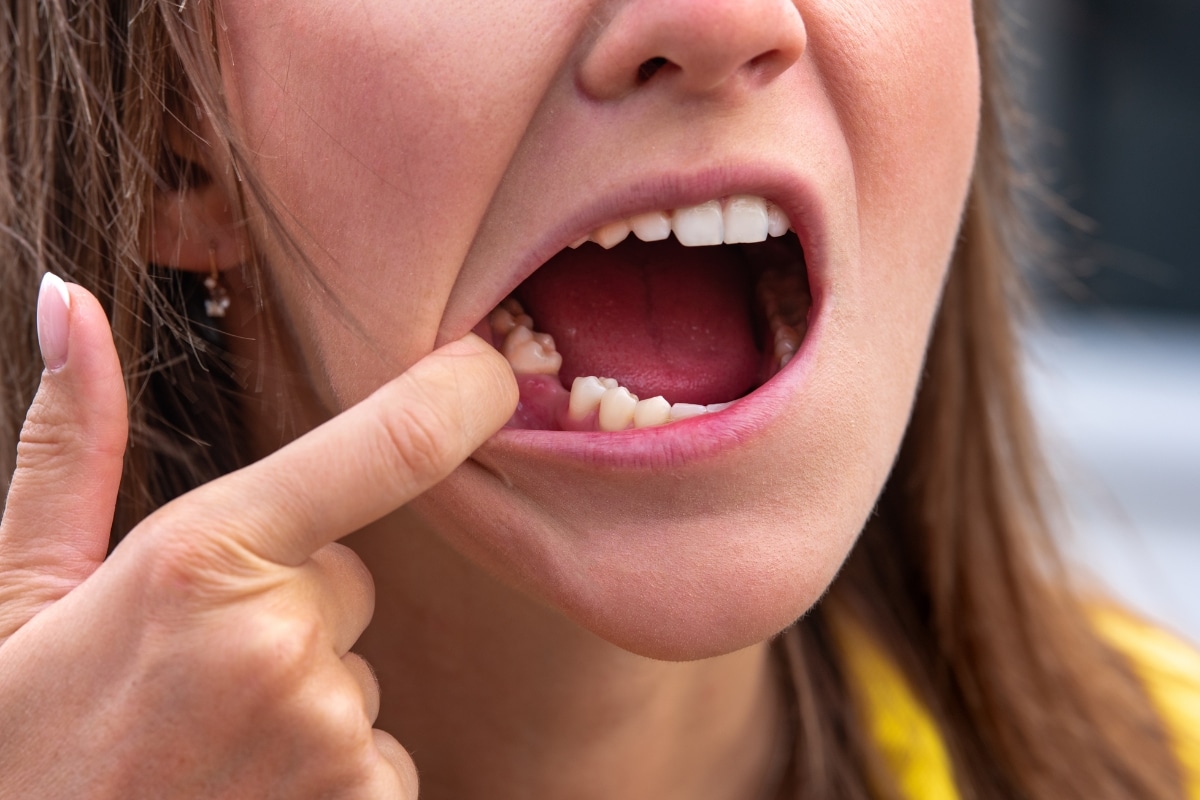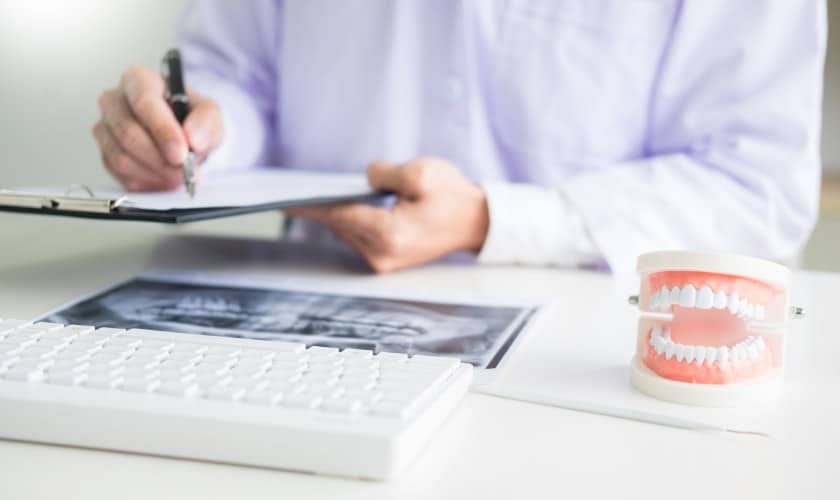
Keeping your gums and teeth healthy and strong requires maintaining good periodontal health. Regrettably, people frequently ignore the early warning symptoms of gum disease, which can result in more serious issues requiring more sophisticated therapies. The goal of periodontal treatment is to treat gum disease and improve your dental health.
Today’s blog will highlight the top five signs that indicate you may need periodontal therapy and describe how this medication will assist you in achieving and maintaining a healthy smile.
What Is gum disease?
Gum disease develops when the delicate tissue around your gums becomes infected, usually due to a buildup of bacteria known as plaque on the tooth surfaces. This infection can arise from inadequate brushing or flossing habits. Other contributing factors include:
- Smoking
- Medications that reduce saliva flow
- Hormonal changes in women and girls
- Diabetes
Signs Of This Disease: It’s Time for Periodontal Therapy
1. Persistent Gum Bleeding
If your gums bleed regularly, especially when brushing or flossing, this could be an early sign of gum disease, also known as gingivitis. Bleeding gums indicate inflammation, which can worsen over time if left untreated.
- Cause: Gum inflammation due to plaque and bacteria buildup.
- Solution: Periodontal therapy can remove plaque and tartar buildup, reducing inflammation and stopping the bleeding.
2. Receding Gums
Gum recession is a common symptom of periodontitis, a more advanced form of gum disease. When the gums start pulling away from the teeth, it creates pockets where bacteria can thrive, leading to further damage.
- Cause: Bacterial infection that erodes the gum tissue.
- Solution: Periodontal therapy, such as scaling and root planing, can deep-clean the gums and encourage tissue regeneration to prevent further recession.
3. Bad Breath That Won’t Go Away
Chronic bad breath, or halitosis, is often caused by bacteria trapped in the gum pockets around the teeth. If standard brushing, flossing, and mouthwash aren’t helping, it could be a sign of gum disease.
- Cause: Accumulation of bacteria and decaying food particles in the gum line.
- Solution: Deep cleaning through periodontal therapy can remove these bacteria, significantly improving breath and overall oral hygiene.
4. Swollen, Red, or Tender Gums
Healthy gums are firm and pink, so any sign of swelling, redness, or tenderness should be addressed promptly. These symptoms indicate inflammation, which, if left untreated, can progress into more severe periodontal issues.
- Cause: Plaque-induced irritation of the gums.
- Solution: Periodontal therapy can alleviate swelling and tenderness by removing the irritants and allowing the gums to heal.
5. Loose or Shifting Teeth
As gum disease progresses, it can damage the bone and tissues that hold your teeth in place. This can cause teeth to become loose or shift, altering your bite and potentially leading to tooth loss if not treated.
- Cause: Destruction of bone and connective tissues due to advanced gum disease.
- Solution: Advanced periodontal therapies like bone grafting or laser treatment can help regenerate lost bone and tissue, stabilizing your teeth and preventing further damage.
How Does Periodontal Therapy Help?
Periodontal therapy is designed to treat and manage gum disease at various stages. The treatment options range from non-surgical approaches, like scaling and root planing, to more advanced techniques for severe cases of periodontitis. Here’s how it can help:
Laser Therapy
Laser periodontal therapy is a modern, minimally invasive treatment that targets infected gum tissue with precision. Lasers help remove bacteria and promote faster healing without the need for traditional surgery.
- Benefits: Minimally invasive, less discomfort, faster healing time, and reduced risk of infection.
Gum Grafting
For patients with advanced gum recession, gum grafting can restore lost tissue. A small piece of tissue is taken from another part of the mouth or a donor source and grafted onto the receding areas to cover exposed roots and restore the gum line.
- Benefits: Protects tooth roots from exposure, prevents further gum recession, and improves appearance.
Bone Grafting
If gum disease has led to significant bone loss, bone grafting may be necessary to restore the structure that supports your teeth. This procedure involves placing new bone material in the affected areas to promote regeneration and strengthen the jaw.
- Benefits: Stabilizes loose teeth, prevents tooth loss, and helps prepare the mouth for future restorative treatments like dental implants.
Oral Cleaning
Effective oral cleaning is fundamental to managing and preventing gum disease. This involves professional cleanings by your dentist or hygienist, which go beyond what can be achieved with daily brushing and flossing. Regular cleanings remove plaque and tartar buildup that can lead to gum disease, helping to keep your gums healthy and prevent the progression of the condition.
- Benefits: Removes plaque and tartar, reduces the risk of gum disease, and promotes overall oral hygiene.
Medication
In some cases, medications may be prescribed as part of periodontal therapy to manage gum disease. These can include antibiotics to control bacterial infections or antimicrobial agents to reduce inflammation. Medications are often used in conjunction with other treatments to enhance the effectiveness of periodontal care.
Benefits: Controls bacterial infections, reduces inflammation, and supports the healing process.
Gum disease is a common but serious condition that can lead to tooth loss and other oral health complications if not treated early. Recognizing the signs, such as persistent gum bleeding, receding gums, bad breath, and loose teeth, is crucial to seeking timely treatment.
Periodontal therapy, including scaling and root planing, laser therapy, gum grafting, and bone grafting, offers effective solutions for reversing or managing gum disease. If you notice any signs mentioned above, don’t hesitate to schedule a consultation with your dentist to explore the periodontal therapy options that are right for you.





